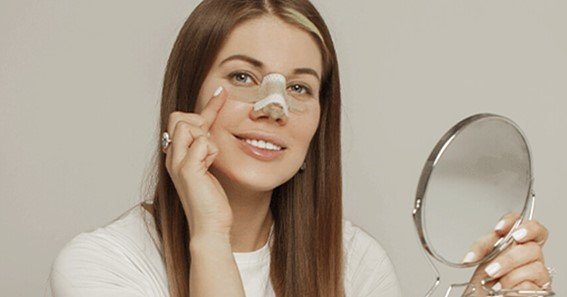Rhinoplasty, or nose surgery, can be a costly procedure. While many people associate it with cosmetic improvements, it is often performed to address medical issues like breathing problems or structural abnormalities. If you’re wondering how to get insurance to cover rhinoplasty, understanding the process, requirements, and eligibility is key. This article provides a step-by-step guide to help you secure insurance coverage for your rhinoplasty.
Understanding Insurance Coverage for Rhinoplasty
Insurance companies generally distinguish between cosmetic and functional rhinoplasty. Cosmetic procedures, aimed solely at enhancing appearance, are not covered. However, insurance coverage for rhinoplasty may apply when the surgery is deemed medically necessary, such as for breathing issues, nasal deformities, or trauma-related injuries.
Steps to Get Rhinoplasty Covered by Insurance
Getting insurance to pay for your rhinoplasty involves specific steps. Here’s how you can navigate the rhinoplasty insurance approval process:
1. Establish Medical Necessity
To qualify for insurance coverage, you must demonstrate that the procedure is essential for medical reasons. Common conditions include:
- Deviated septum
- Chronic sinus infections
- Breathing difficulties
- Structural damage from injury
Your doctor will need to provide a statement highlighting the medical necessity for rhinoplasty insurance.
2. Gather Required Documentation
Proper documentation is critical. This includes:
- Detailed medical records
- Diagnostic tests like CT scans or X-rays
- Physician notes explaining how rhinoplasty will address your condition
Strong documentation for rhinoplasty insurance coverage significantly increases your chances of approval.
3. Submit Functional Rhinoplasty Insurance Claims
Work with your healthcare provider to submit claims for functional rhinoplasty insurance. Include all supporting documentation, ensuring you meet the insurance requirements for rhinoplasty approval.
4. Work with an ENT Specialist
Having an ENT (ear, nose, and throat) specialist involved in your case can provide additional credibility. Their diagnosis and recommendation often carry weight in insurance decisions.
5. Appeal If Necessary
If your claim is denied, don’t give up. You can appeal the decision by providing additional information or seeking assistance from a medical advocate.
Rhinoplasty for Breathing Issues Insurance Eligibility
If you’re seeking coverage for rhinoplasty for breathing issues, your eligibility depends on whether the procedure is deemed essential to improve functionality. Insurance companies often require evidence that nonsurgical treatments have been attempted without success.
Tips for Navigating the Insurance Process
- Be Proactive: Start by understanding your policy’s terms related to health insurance for nose surgery.
- Stay Organized: Keep all medical records, test results, and communication with your insurer in one place.
- Consult an Expert: If you’re unsure about the process, consult a plastic surgeon experienced in handling insurance claims for rhinoplasty.
FAQ
1. How can I prove medical necessity for rhinoplasty?
Medical necessity can be established through diagnostic tests, physician notes, and evidence that the surgery addresses functional issues like breathing problems.
2. Will insurance cover cosmetic rhinoplasty?
No, cosmetic rhinoplasty is typically not covered by insurance. Only procedures addressing functional or medical issues are eligible.
3. What documentation is required for rhinoplasty insurance coverage?
You’ll need medical records, diagnostic tests, physician recommendations, and evidence of failed nonsurgical treatments.
4. What should I do if my insurance claim for rhinoplasty is denied?
File an appeal with additional supporting documents or seek assistance from a medical advocate.
5. Does health insurance for nose surgery cover post-surgical complications?
Yes, most insurance plans cover complications related to an approved medical procedure, but it’s best to confirm with your provider.










